
Baranof Island, Alaska, and Vancouver Island were neighbors 50 million years ago
Darrel Cowan discussed the evolution of hypotheses about the large-scale coastwise displacements of tectonic elements or terranes along the western margin of North America. He presented the geologic evidence he published in 1982, which links Vancouver Island with southeast Alaska. The still-contentious Baja British Columbia hypothesis, developed in the early 1980s, was based entirely on paleomagnetic data.
This IN-PERSON ONLY lecture was free and open to the public. The lecture was recorded and posted shortly after the presentation, as are all our events since 2020.
About the Speaker

Darrel Cowan is Professor Emeritus in the Department of Earth & Space Sciences at the University of Washington. He refers to himself as a field structural geologist. Since 1974, Darrel has spent his career educating geologists in tectonics and structural geology. Darrel is a west coaster, originally from southern California. He graduated from Stanford in 1966 and finished his PhD in the Franciscan subduction complex there in early 1972. Darrel’s research projects and those of his graduate students have investigated structural and tectonic problems in the Pacific Northwest, including southwestern British Columbia and Vancouver Island, southern Alaska, Japan, and the northern Apennines and Sicily in Italy.

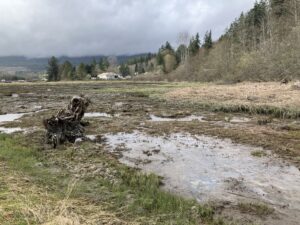
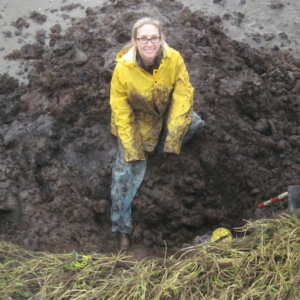 Dr. Carrie Garrison-Laney is a Coastal Hazards Specialist at Washington Sea Grant and a liaison to the NOAA Center for Tsunami Research. A focus of Carrie’s research has been the age and distribution of paleo-tsunami deposits with lessons learned from historical events. She earned her PhD from the University of Washington.
Dr. Carrie Garrison-Laney is a Coastal Hazards Specialist at Washington Sea Grant and a liaison to the NOAA Center for Tsunami Research. A focus of Carrie’s research has been the age and distribution of paleo-tsunami deposits with lessons learned from historical events. She earned her PhD from the University of Washington.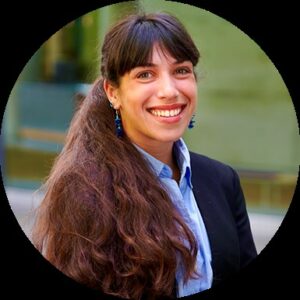
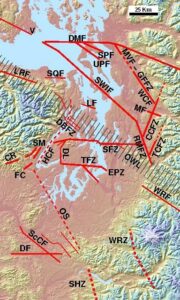
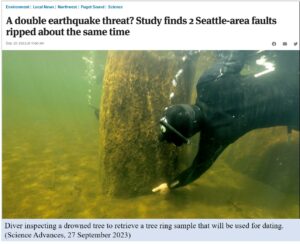
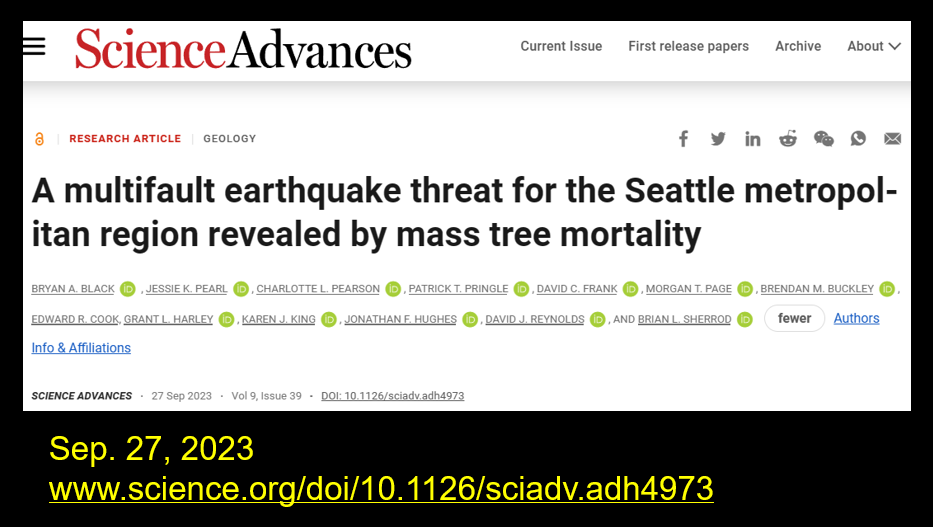
 THE SPEAKER:
THE SPEAKER: